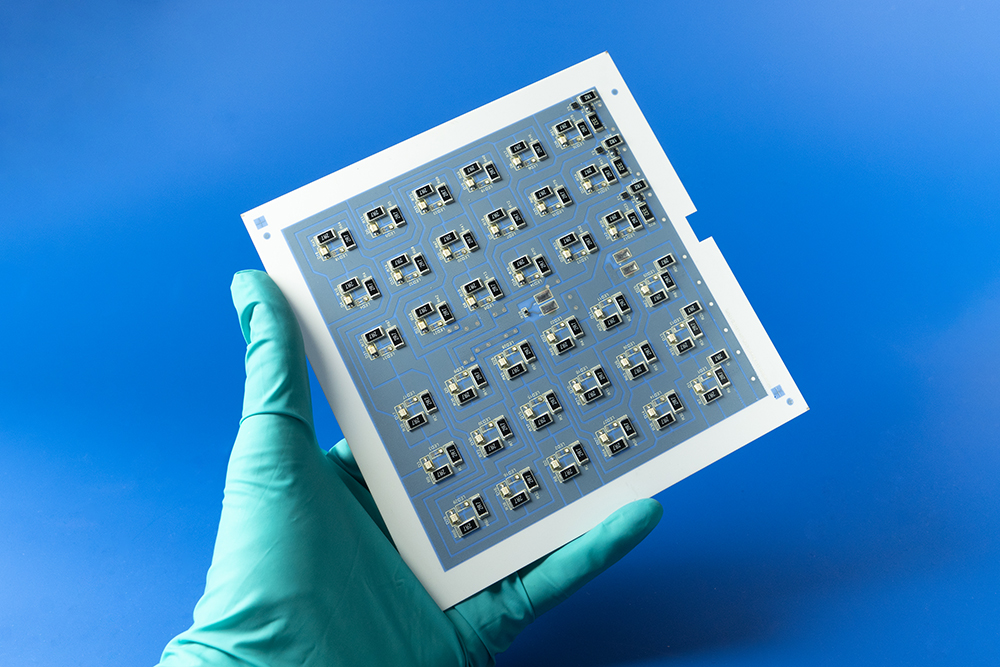Lighting
Despite the use of modern and energy-efficient LED technology, the exposure of phototrophic organisms such as plants and algae generates a considerable thermal load, which in turn has to be dissipated via air-conditioning technology at great energy expense. The IKTS solution is the use of pulse-width modulated lighting, in which the photon uptake processes in phototrophic organisms and the photon emission of the lighting technology are synchronized. This means that less energy is required to provide the light. As a result, the requirements for climate control in the culture room are reduced accordingly. The IKTS has test stands in which a wide range of light qualities and quantities can be generated. Both substrate-bound and hydroponic systems are available for the cultivation of phototrophic organisms.
Services offered
- Frequency and amplitude determination and associated tolerance ranges via pulse width modulation for use in commercial systems
- Proof of the biological integration capacity for the temporal shift in the provision of light
- Proof of changes in the energy balance compared to standard lighting systems
- Support in the planning of indoor farming systems with maximum light efficiency
- Balancing of energy flows within CEA systems as well as potentially available energy flows for integration into extended energy systems
